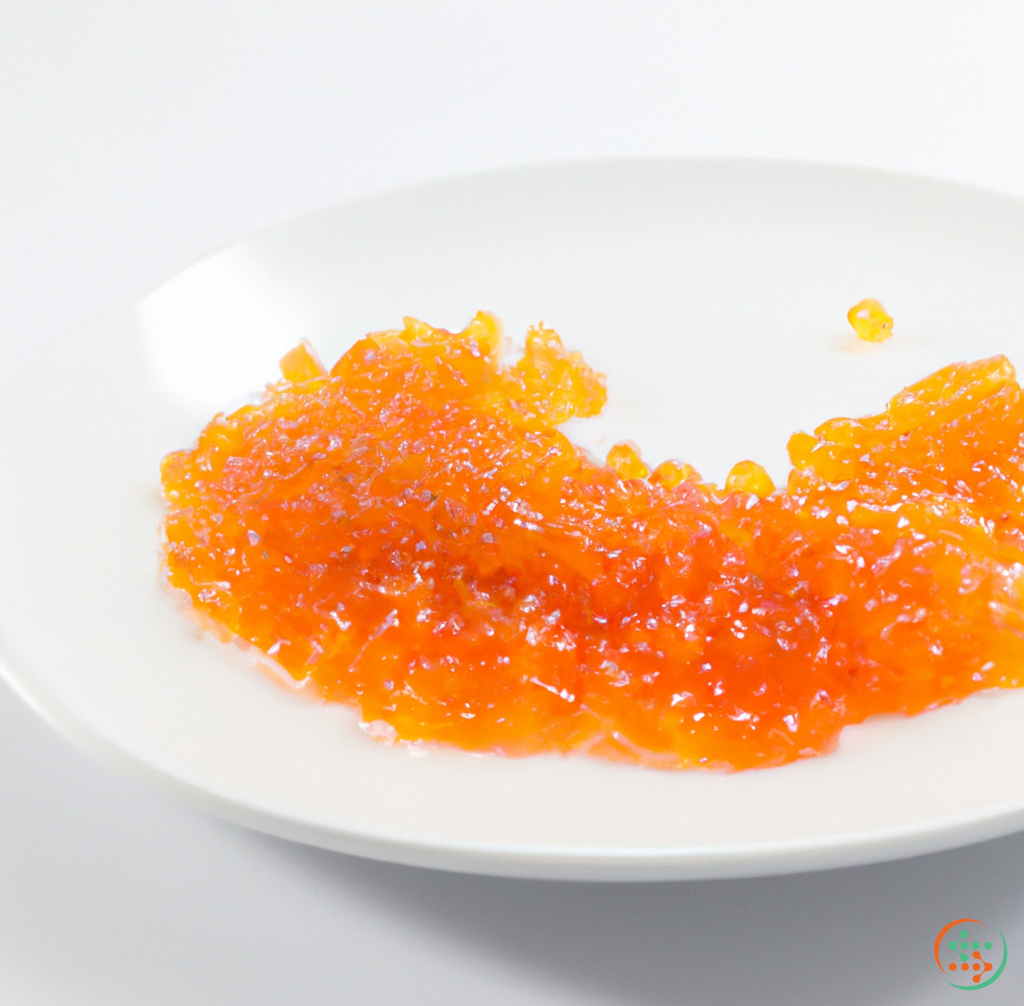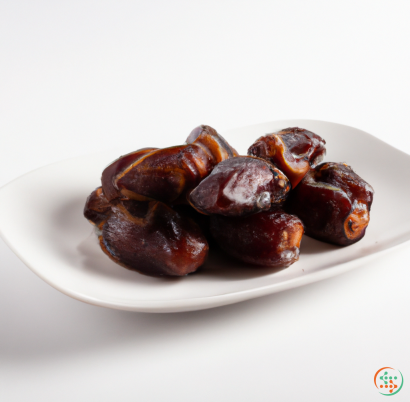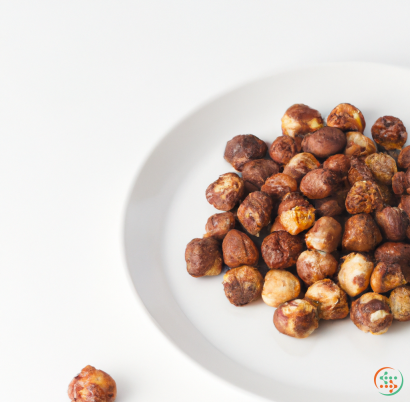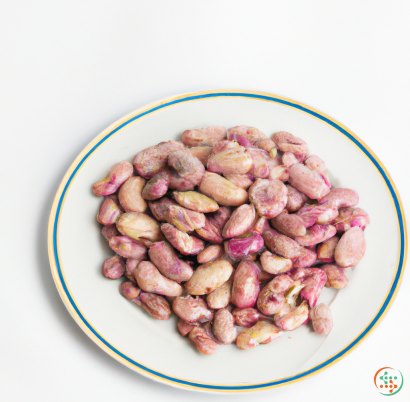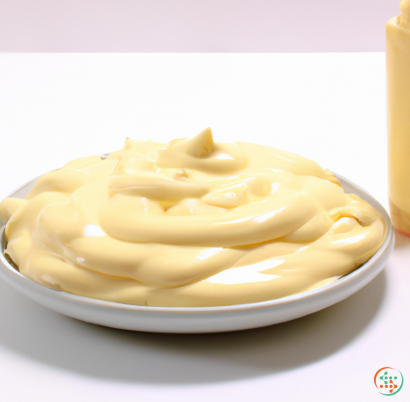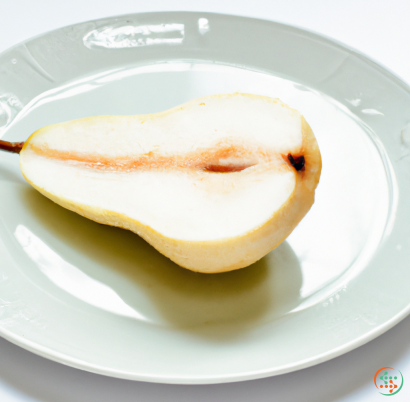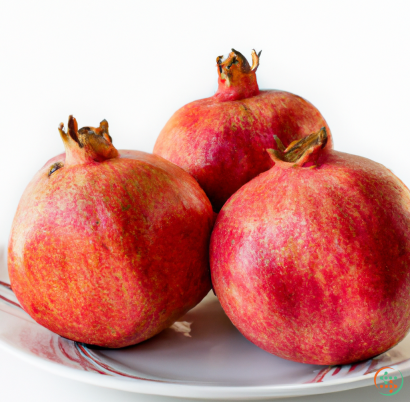Roe (fish Eggs)
Fish eggs, commonly known as roe, are a type of food considered to be a delicacy in many cultures around the world. Obtaining roe from wild or farmed fish can either be done by hand-stripping or by collecting the eggs laid out on the ocean floors. Roe is typically enjoyed raw, cured, or even dried and, depending on the species of fish, can range in color from bright yellow to deep red.
The Types of Roe
The variety of roe available can range from caviar and sturgeon roe to the most widely known types of roe, such as salmon roe, capelin roe and flying fish roe. The two most commonly consumed roe types tend to be salmon roe and flying fish roe, due to them being widely available as well as being incredibly flavourful. Flying fish roe, also known as tobiko, is widely used in sushi recipes due to its crunchy texture and bright orange colour, while salmon roe is mostly served in tapas bars, typically marinated in pickling juices and dill.
Roe and Its Health Benefits
Roe is packed with essential fatty acids, proteins, minerals, amino acids, vitamins and phospholipids, making it an incredibly nutritious food. Traditionally, it has been used extensively in Chinese medicinal practices for its omega 3 fatty acid content, which helps to reduce cholesterol levels and improve heart health. Moreover, roe also contains a high concentration of astaxanthin, an antioxidant pigment found in certain types of seafood and marine life which can help to reduce inflammation and contribute to the improvement of eye health. Additionally, it has a rich source of Vitamin B12 and selenium, which can help to protect the body’s immune system.
Preserving Roe
Roe should be kept at a maximum temperature of 2°C, as when exposed to warmer temperatures, the roe’s taste quality will rapidly deteriorate. In addition, roe should not be left to defrost on its own and should be eaten within 48 hours of defrosting, as the quality of the produce will diminish over time.
Uses of Roe
Besides its culinary uses of being enjoyed as a delicate tapas dish or sushi topping, roe also counts as a popular ingredient in a variety of flavourful sauces and can be used in aioli, mayonnaise, and even salsa. Roe adds a unique salty and slightly creamy flavour to dishes and gives them a delicious smokey flair. Furthermore, roe can also be combined with a variety of spices and herbs to create an array of flavours and aromas.
Overall, roe is an incredibly nutritious food that offers a wide range of benefits to our bodies. Its delicate flavour and versatility make it a popular ingredient for many chefs and food enthusiasts although it should be noted to always follow the proper storage and preservation tips in order to ensure a safe-to-eat and flavourful roe.
From the Egg to the Dinner Plate: How Roe is Created and Travels Along the Journey
In the culinary world, roe, sometimes called caviar, is considered a delicacy. Roe, which may be found in various species of fish, consists of eggs produced by the female, encased in a protective coating. While roe is considered a gourmet item, its journey from pond, lake, or ocean to someone’s plate is a slightly more complicated affair. In order to understand how roe moves from fish to dinner plate, one must first understand how it is created.
The Process of Producing Roe
The production of roe begins with spawning, when fish reproduce. The process begins with an environmental cue, such as an increase in water temperature or full moon. During the spawning period, the female will separate herself from the male and release ova, which are immature eggs. At this point in the cycle, the ova are collectively referred to as egg masses. When the egg masses are released, millions of eggs are expelled from the female’s body.
The female’s egg masses may also contain sperms from multiple males, thus increasing genetic diversity. Sperms from multiple males begin the fertilization process when they come in contact with the unfertilized eggs. In contrast, if the egg masses contain sperms from a single male, it increases the likelihood of inbreeding.
Once the ova have been released, the male’s sperms adhere to each unfertilized egg. This triggers a cascade of biological events that help to ensure that each egg is healthy and viable. During the fertilization process, the eggs’ yolk sacs become internalized and exchanges nutrients that help the eggs develop.
As the fertilized eggs develop, their protective coatings, or roe, are formed. The coatings can range from soft and jelly-like to firm and rubbery. Depending on the species of fish, the roe may also vary in color from white or pink to black or brown. Both the male and female’s contribution to the fertilization process helps to give rise to different variants of roe.
How Roe is Harvested and Processed
After the roe has been produced, the next step is the harvesting process. Depending on the region, there are various methods employed to harvest roe. For example, in some parts of the world, fisherman may scoop out egg masses from the female’s ovaries and place them directly into bags. Alternatively, roe may be obtained through the catching of the fish itself. In this case, the female’s eggs are harvested by cutting out her ovaries with a knife or spoon.
Once the roe has been harvested, it must go through the processing and packing stage. Processing involves a series of steps that help to stabilize the roe and ensure its quality. Initially, the roe needs to be salted in order to preserve it for longer periods of time. This process also enhances its flavor and aroma, and helps to give it the roe’s signature look and feel.
After being salted, the roe needs to be drained, which helps to remove excess water and sediment. This step also further firms-up the roe and creates a texture that is silky and creamy. In addition, the roe may also be cured and aged in order to bring out its flavor and texture, making it even more aromatic and palatable.
Finally, the roe is prepared for packaging. Different species of roe can be packed in various forms, such as jars, cans, or vacuum-sealed containers. Regardless of what form is chosen, the packaging process is all about one thing: keeping the roe fresh as long as possible.
The Journey to the Dinner Plate
With the processing and packaging completed, the roe can now begin its journey to the dinner plate. Depending on the region, roe may be shipped via air, sea, or land. When transported, the roe is kept in a refrigerated environment to ensure proper storage temperatures.
In some cases, roe may be imported from abroad. If so, it needs to meet the proper standards of local health and safety administration, a process that can add additional time and complexity to the journey.
Finally, after the required inspections and paperwork, roe can arrive at domestically or internationally certified grocery stores, fish markets, and specialty shops. Upon arrival, the roe is added to the shelves or displays, where it awaits its purchase.
Conclusion
Roe is a fine delicacy enjoyed throughout the world. There is much more to its journey than meets the eye: it starts with the egg masses released by the female during reproduction, followed by the harvesting and processing of the roe, before finally culminating in its transportation to the dinner plate. The fascinating journey of roe is an impressive testament to the wonders of nature.
| Vitamin A | 0.09 mg | |
| Vitamin D | 0.0121 mg | |
| Vitamin D3 | 0.0121 mg | |
| Vitamin E | 0.007 grams | |
| Vitamin K | 0.2 ug | |
| Vitamin C | 0.016 grams | |
| Vitamin B1 | 0.24 mg | |
| Vitamin B2 | 0.74 mg | |
| Vitamin B3 | 0.0018 grams | |
| Vitamin B4 | 0.3354 grams | |
| Vitamin B5 | 0.001 grams | |
| Vitamin B6 | 0.16 mg | |
| Vitamin B9 | 0.08 mg | |
| Vitamin B12 | 0.01 mg |
| Calcium | 0.022 grams |
Daily Value 1.3 g
|
| Iron | 0.6 mg |
Daily Value 0.018 g
|
| Magnesium | 0.02 grams |
Daily Value 0.4 g
|
| Phosphorus | 0.402 grams |
Daily Value 1.25 g
|
| Potassium | 0.221 grams |
Daily Value 4.7 g
|
| Sodium | 0.091 grams |
Daily Value 2.3 g
|
| Zinc | 0.001 grams |
Daily Value 0.011 g
|
| Copper | 0.1 mg |
Daily Value 0.9 mg
|
| Manganese | 0.01 mg |
Daily Value 0.0023 g
|
| Selenium | 0.0403 mg |
Daily Value 0.055 mg
|
| Tryptophan | 0.293 grams | |
| Threonine | 1.017 grams | |
| Isoleucine | 1.142 grams | |
| Leucine | 1.956 grams | |
| Lysine | 1.699 grams | |
| Methionine | 0.553 grams | |
| Cystine | 0.389 grams | |
| Phenylalanine | 1.092 grams | |
| Tyrosine | 1.121 grams | |
| Valine | 1.307 grams | |
| Arginine | 1.278 grams | |
| Histidine | 0.607 grams | |
| Alanine | 1.428 grams | |
| Aspartic Acid | 1.789 grams | |
| Glutamic Acid | 2.67 grams | |
| Glycine | 0.65 grams | |
| Proline | 1.189 grams | |
| Serine | 0.975 grams |
| Total Sugars | 0 ug |
per 100g
|
| Myristic acid (14:0) | 0.08 grams |
|
| Palmitic acid (16:0) | 1.28 grams |
|
| Stearic acid (18:0) | 0.11 grams |
|
| Total Saturated fatty acids: | 1.47 g | |
| Erucic acid (22:1) | 0.04 grams |
|
| Oleic acid (18:1) | 1.14 grams |
|
| Palmitoleic acid (16:1) | 0.37 grams |
|
| Gadoleic acid (20:1) | 0.11 grams |
|
| Total Monounsaturated fatty acids: | 1.66 g | |
| Omega-3 Timnodonic acid (20:5) | 0.98 grams |
|
| Omega-3 Clupanodonic acid (22:5) | 0.08 grams |
|
| Linolenic acid (18:3) | 0.01 grams |
|
| Linoleic acid (18:2) | 0.03 grams |
|
| Total Polyunsaturated fatty acids: | 1.1 g | |
| Cholesterol | 0.37 grams |
|
| Total Sterols: | 0.37 g | |
